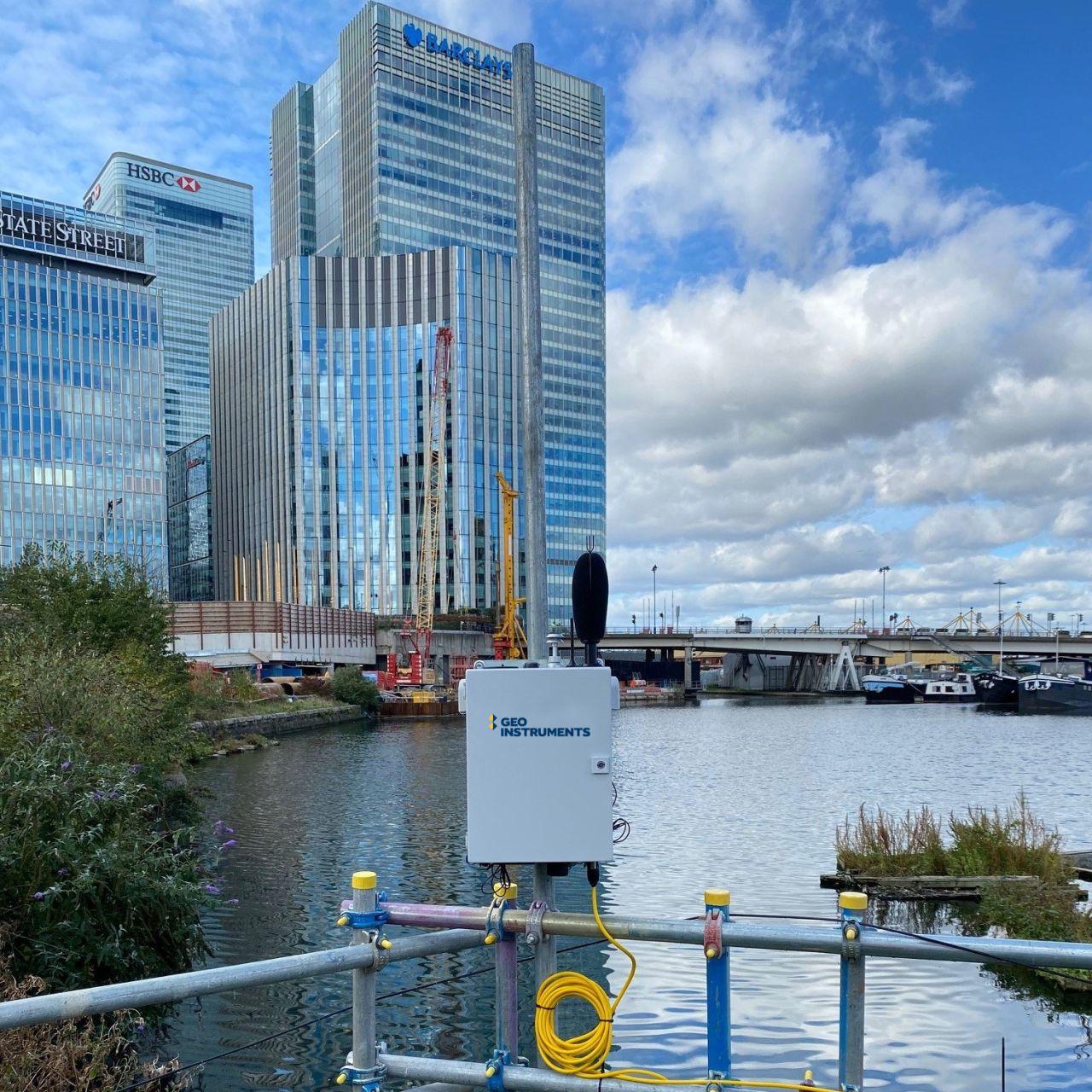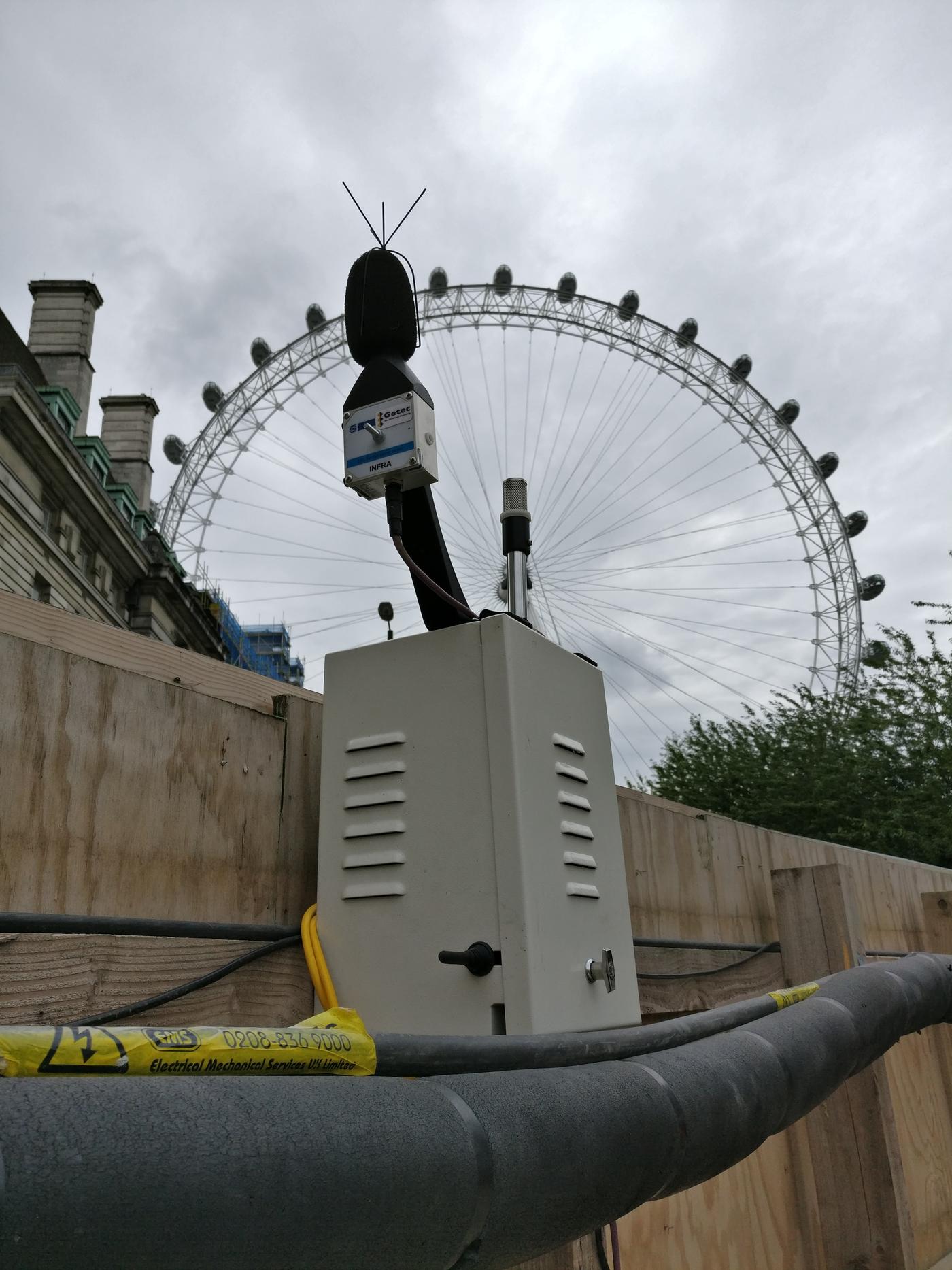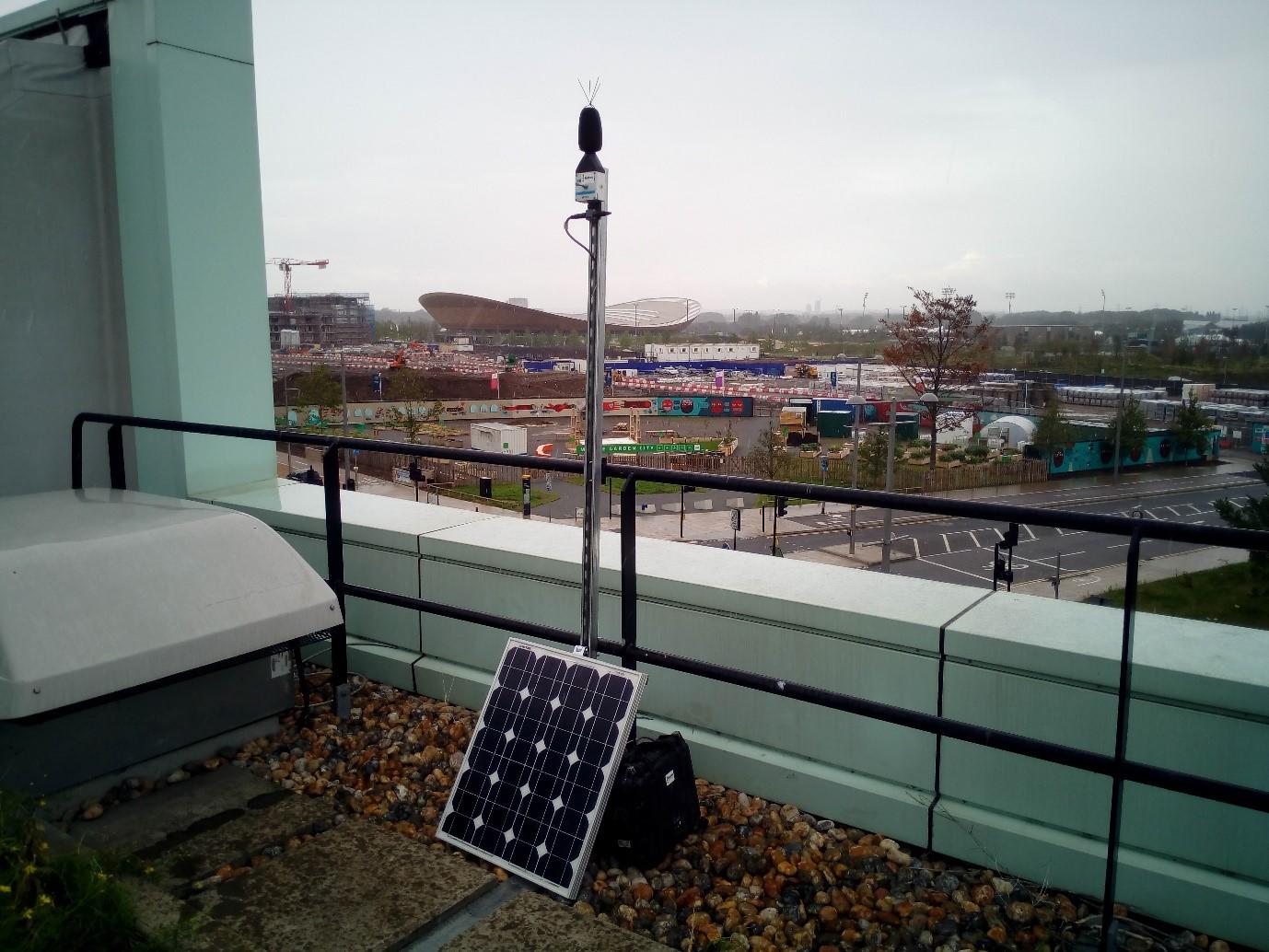When undertaking construction in urban settings, it’s often unavoidable that site works will impact upon surrounding homes and businesses. This almost always affects the way works are planned and carried out, including limiting working hours and implementing specific measures to separate the works from the general public.
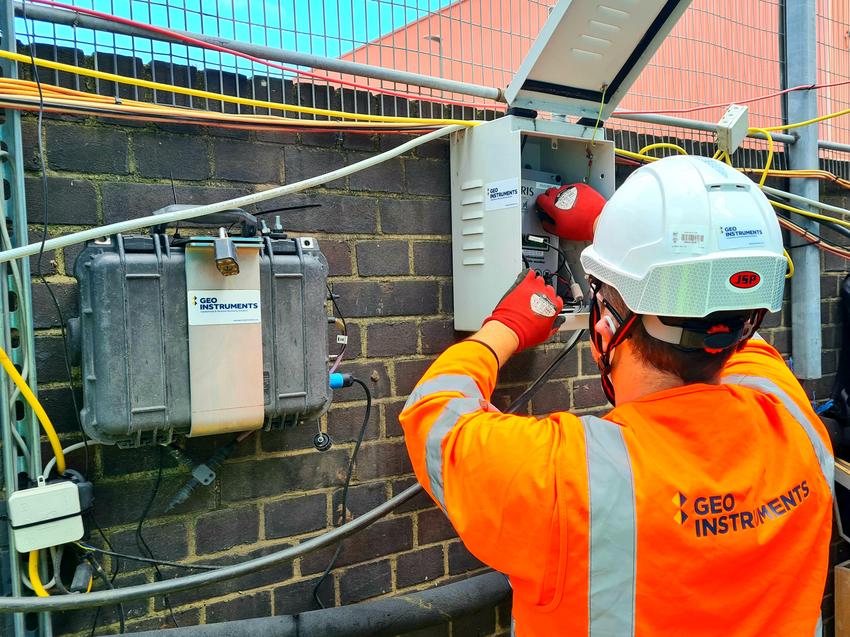
Local authorities regulate the level of nuisance generated by construction, with increased attention paid to factors including air quality, noise pollution and vibration affecting people and structures.
Often there are strict specifications dictating the maximum exposure levels that a site can produce.
Staying within these limits is important but presents significant difficulties.
Effective methods to mitigate noise and dust pollution exist but it is essential to have a detailed understanding of the pollution being produced to implement these measures properly.
Spending valuable resources on more mitigation methods than is necessary is wasteful and incurs significant cost. Similarly, applying these measures in the wrong location or at the wrong time reduces their effectiveness and unnecessarily disrupts site operations.
Environmental monitoring is an effective solution to these problems.
GEO-Instruments supply and install a variety of options that can be tailored to the specification of each site. Below are some of the key capabilities of our environmental monitoring solutions.
Dust Monitoring
- Accurate measurement of particulate matter at PM10 levels
- Environment agency MCERTS certified sensors
- Automated exceedance alerts and reporting.
- Options including monitoring of wind speed and direction
Noise Monitoring
- Detailed analysis options for recorded noise including 10hr averages, LAeq and Lmax
- Instant exceedance alerts
- Daily summaries distributed automatically
- All European standards can be used
Vibration Monitoring
- PPV (peak particle velocity) measurement
- Geophone and MEMS options
- All European standards including BS7385 (UK)
- Standalone wireless and long-life battery powered options.
- Real time data representation with instant exceedance alerts
All our options include easily accessible graphs and data visualisation via our browser based QuickView platform with options for automated 24 hour data collection and trigger alerts via text or email. Levels of access are customisable for clients and contractors.
Battery and solar-powered options are available for sites where power supply is an issue.
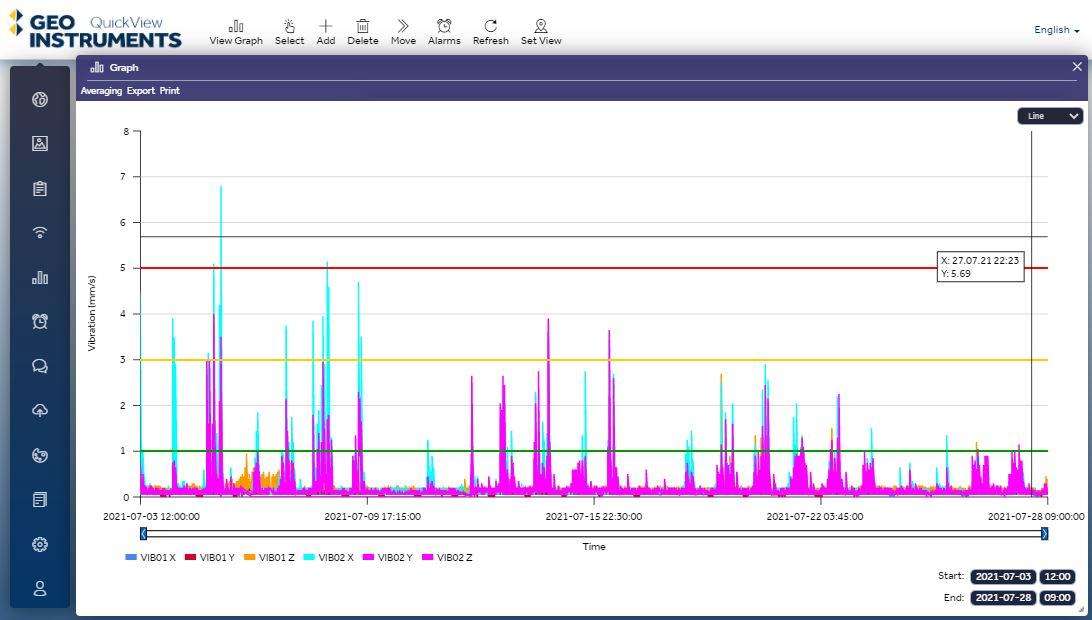
Because we use instruments from a variety of manufacturers, we can design and install bespoke combined setups of dust, vibration and noise sensors that best suit the project's requirements.
System are designed based on various site constraints including access to power, required data frequency, surrounding structures, type of site works and phase of construction.
Working closely with the clients and contractors to understand these shifting requirements allows us to hand-pick the most suitable environmental package. Careful placement of sensors can provide complete monitoring coverage at minimum cost, targeting areas of site closest to adjacent structures or most likely to be affected by specific factors.
Our systems allows for automatic, continuous and high-resolution measurements in the field with minimal need for maintenance or intervention. GEO-Instruments engineers provide professional installation and commissioning of on-site equipment and training on the reporting and trigger definitions.
The amount and type of monitoring coverage required is often determined by the nature of the site works being undertaken. For example, certain types of piling and ground improvement are likely to produce a significant amount of vibration compared to excavation works.
Similarly, dust and air pollution may become an important consideration during demolition, requiring more intense monitoring.
When construction is taking place near to commercial and residential buildings, contractors are required to abide by strict limitations on environmental impact. Vibration, dust, and noise monitoring systems are a cost-effective solution to measure this impact and assure regulatory agencies and neighbours that compliance measures are being taken. Having a detailed record and regular reports of these factors can prevent and help resolve any disputes that may arise.
Our solutions are readily available for hire or purchase and as such can meet short and long-term project requirements.
In most cases, after installation no GEO-Instruments site presence is required. Whether mains or solar powered, our autonomous systems continuously acquire data on site and, using communication hardware, transmit it at fixed regular intervals. Systems can run for several years without site intervention other than for calibration.
Environmental monitoring can sometimes be an afterthought on construction sites, only implemented to comply with imposed regulations, but carefully designed, flexible systems of sensors can prevent problems at later stages of the project.
Reducing the need for noise, dust and vibration mitigation measures, preventing disputes and avoiding fines for exceedances can significantly save costs over the course of a project.
Find out more about how our work on a major development in central London where we environmental monitoring systems here.
